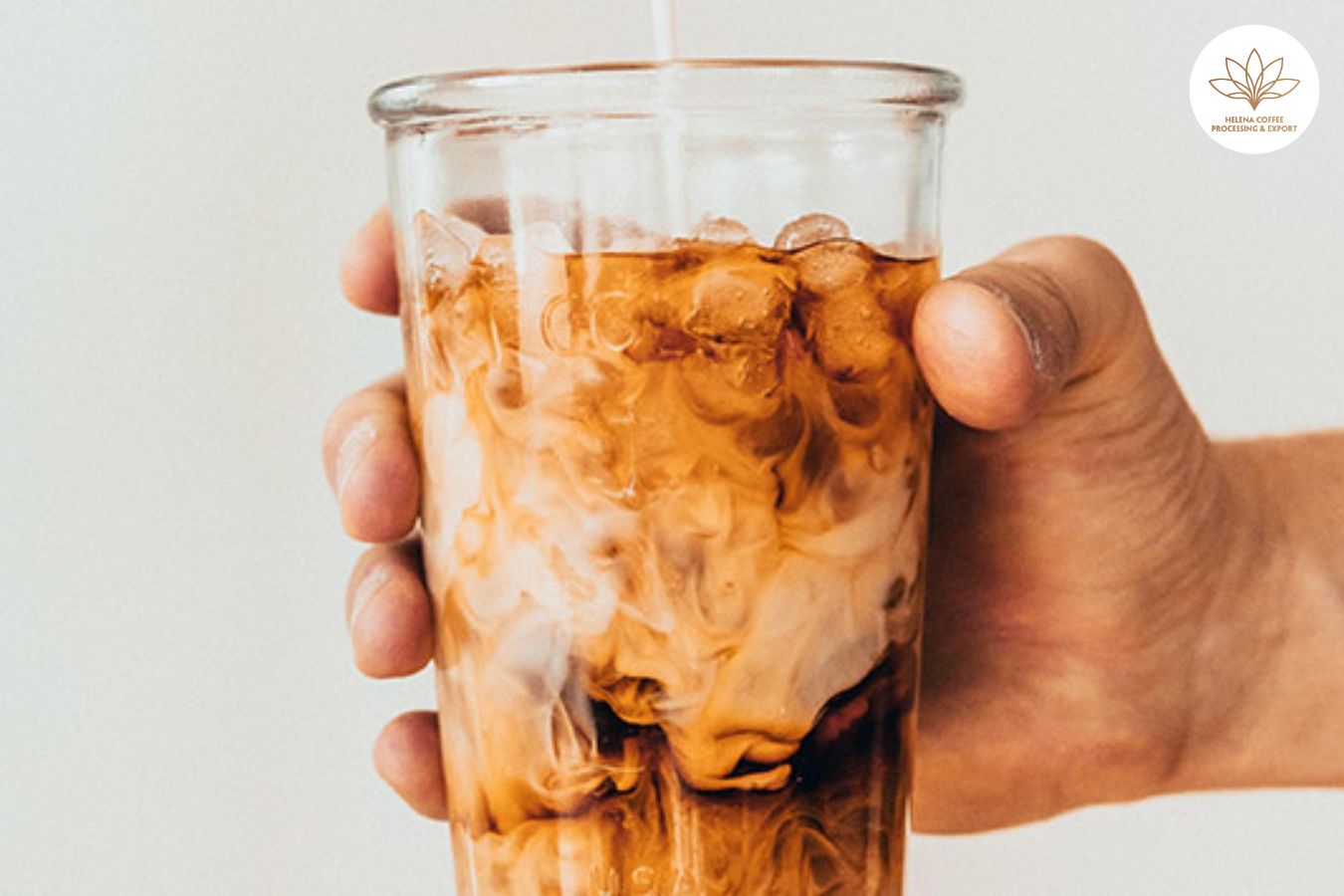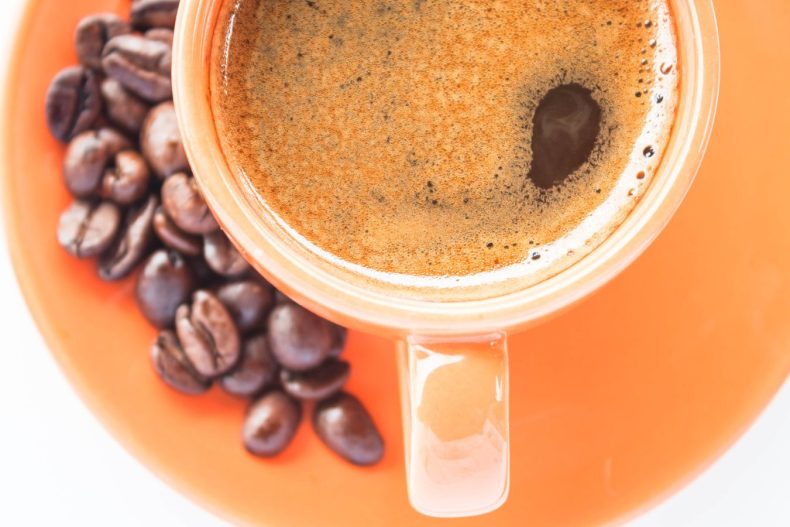
How to Make Decaf Cold Brew Coffee At Home That You Don’t Know. Do you enjoy iced coffee but dislike the jittery feeling caused by caffeine? You’ll be delighted to know that you can quickly savor a decaffeinated cold brew. The brewing process remains entirely the same. Just start with excellent decaffeinated coffee beans and go from there. Helena Coffee will guide you through the process, including some helpful pro tips, in an easy-to-follow recipe for the best-tasting decaf cold brew.
What You Need for Decaf Cold Brew
- 6 ounces of decaffeinated coffee beans
- Filtered water
Special equipment:
- Burr coffee grinder
- Cold brew coffee maker: If you don’t have a cold brew coffee maker, check out our list of the best cold brew coffee makers. Additionally, you can use a large glass jar or a French press.
- Strainer
- Cheesecloth
- Kitchen scale
Decaf Cold Brew Coffee Recipe
If you’ve ever made cold brew coffee before, you’ll be pleased to know that the process of making decaf cold brew is the same as making regular cold brew. Simply swap out your regular coffee beans for an equivalent decaffeinated variety – and don’t worry, we’ll help you find the best decaf coffee.
If you haven’t made cold brew coffee before, keep reading. This recipe will guide you through each step of the process.

Step 1: Choose Your Decaf Coffee Beans
Cold brew coffee is known for its low acidity, smooth flavor, and mildness. To ensure you don’t end up with a bland cup of coffee, it’s essential to start with the best-tasting decaffeinated coffee beans.
Fortunately, decaf coffee has come a long way from being tasteless to having a rich flavor profile. There are excellent options at every roast level, and there’s no one-size-fits-all approach – the perfect cup of coffee will depend on your preferences.
Lighter roasts have brighter acidity and a lighter body, with flavors like fruit, flowers, stone fruit, milk chocolate, and the sweetness of honey.
Darker roasts have lower acidity and a heavier body, with a mix of dark chocolate, roasted nuts, dried fruit, and the sweetness of caramel or molasses.
Pro Tip: If you plan to add milk or cream to your decaf cold brew, a medium or dark roast will deliver the best flavor. If you prefer your coffee without caffeine, a lighter roast will offer more complex flavors.
Step 2: Grind the Beans
Weigh out 6 ounces of decaffeinated coffee beans and coarsely grind them using a burr coffee grinder.
The grind size is crucial. You want something coarser than what you would use for an automatic coffee maker or even a French press. Coarse grinding is essential due to the extended extraction time. Finer grinds will over-extract, resulting in a bitter taste and lingering bitterness.
Pro Tip: If you don’t have a grinder, you can’t buy pre-ground coffee from the grocery store, as it’s often too fine. Instead, look for brands that offer pre-ground mixes specifically for coarse cold brew. Alternatively, purchase from companies that allow you to choose the grind size when ordering and select the coarsest option.
Step 3: Start Brewing
Making decaf cold brew is as simple as combining cold filtered water and coarsely ground decaffeinated coffee in a cold brew coffee maker (or a large glass jar or a French press).
The coffee-to-water ratio determines the strength of your drink. For decaf cold brew, we prefer a coffee-to-water ratio of 1:3, but you can experiment with ratios of 1:2 or 1:4 to suit your taste. A 1:8 ratio creates a smooth cup for undiluted cold brew.
After mixing water and coffee, seal the cold brew maker and let it sit for 12 to 24 hours. Again, the exact time will depend on your preferences and the flavor profile of the coffee beans you’ve chosen. 18 hours is an excellent starting point.
Pro Tip: It’s best to brew decaf cold brew in the refrigerator, but you can leave it on the countertop if your brewing container isn’t refrigerated.
Step 4: Strain the Concentrate
If you’re using a cold brew coffee maker designed for this purpose, it may have a method for filtering out the concentrate from the coffee grounds. Simply follow the manufacturer’s instructions.
Using a French press or a glass jar, you can achieve a similar effect by lining the mesh filter with a few layers of cheesecloth and allowing the decaf cold brew concentrate to flow through.

Step 5: Dilute and Enjoy
Depending on the type of coffee and water you use, you may or may not need to dilute the decaf cold brew. If you’re using the 1:3 coffee-to-water ratio we recommend, dilute it at a 1:1 ratio with filtered water or milk. For example, take ½ cup of decaf cold brew concentrate and add ½ cup of cold filtered water or ½ cup of milk. Slowly pour it over ice into a glass and enjoy.
Pro Tip: You can dilute the cold brew concentrate with any beverage you like to create various drinks. Try using almond milk or hazelnut milk for enticing flavors, or use whole milk for a creamy and rich beverage. You can even add an energy drink to mimic a famous espresso-based energy booster.
Preparing decaf cold brew is as straightforward as making conventional ones, so now there’s no reason why you can’t enjoy cold brew at any time of the day! You won’t need any special equipment or preferred techniques. Just select some excellent decaffeinated coffee beans, and you’ll be indulging in a smooth and jitter-free beverage for tomorrow.
FAQS:


